Home | Image Library | Blog | Purchasing | Contact | About | Search
Image Library > Plant Galls > White Oak Galls >
Clasping Twig Gall Wasp (Disholcaspis prehensa)
The clasping twig gall wasp (Disholcaspis prehensa) induces galls on California scrub oak and leather oak. Sometimes they occur singly, but they usually cluster together in tight groups around the stem. These shiny structures can sport vibrant shades of red and green when young and fresh, but gradually transition to brown with age.
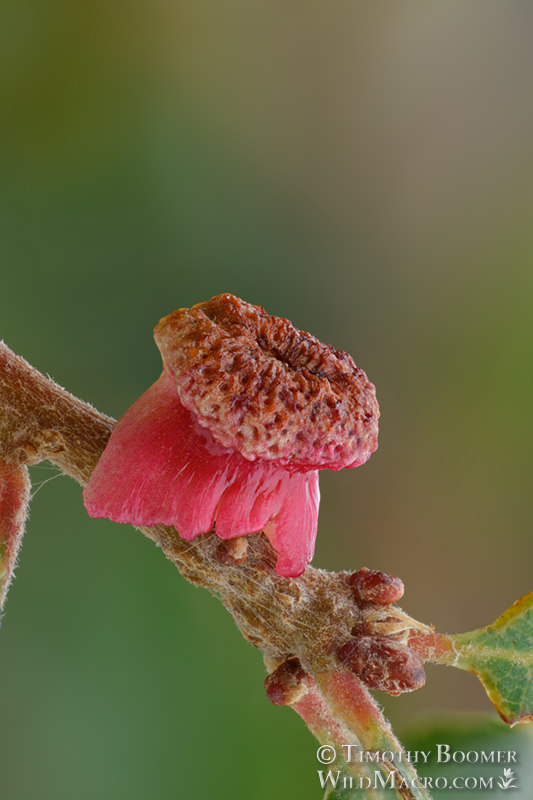
Clasping twig gall wasp (Disholcaspis prehensa), fresh gall on California scrub oak (Quercus berberidifolia). Focus-stacked composite. Stebbins Cold Canyon Reserve, Solano County, California, USA.
GAL0066
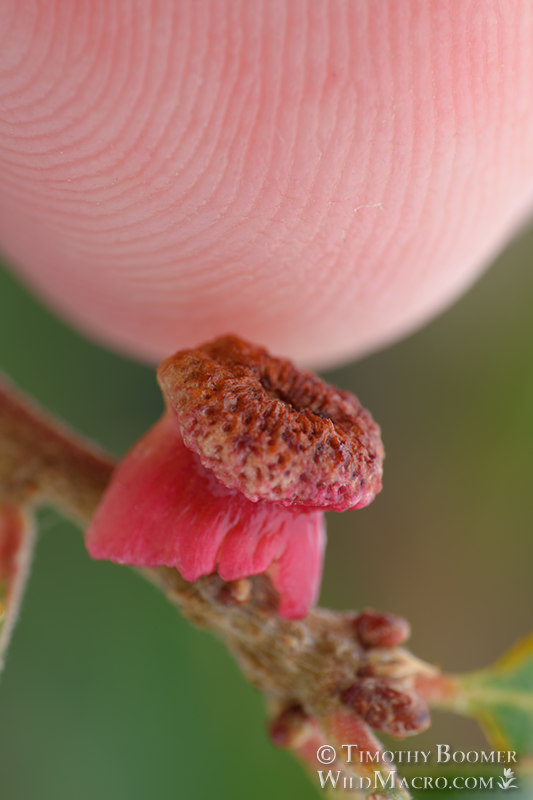
Clasping twig gall wasp (Disholcaspis prehensa), gall shown with adult finger for scale. Stebbins Cold Canyon Reserve, Solano County, California, USA.
GAL0066scale
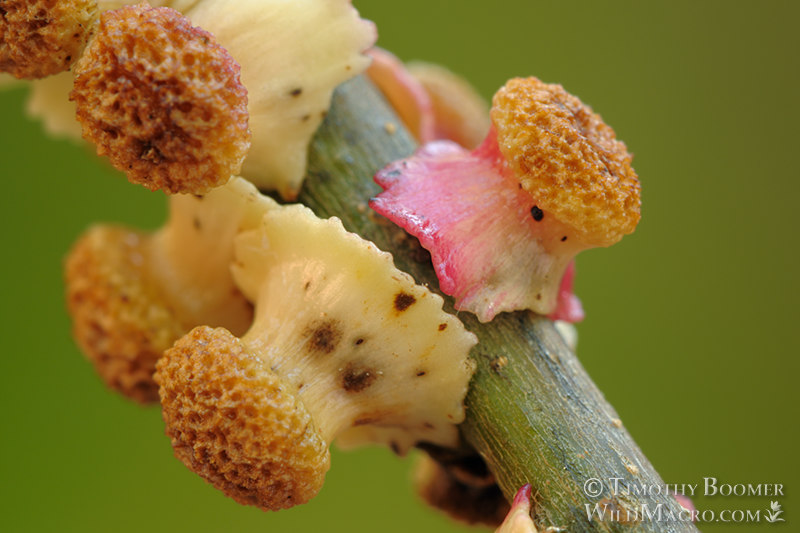
Clasping twig gall wasp (Disholcaspis prehensa), close-up of multiple galls. Stebbins Cold Canyon Reserve, Solano County, California, USA.
GAL0029
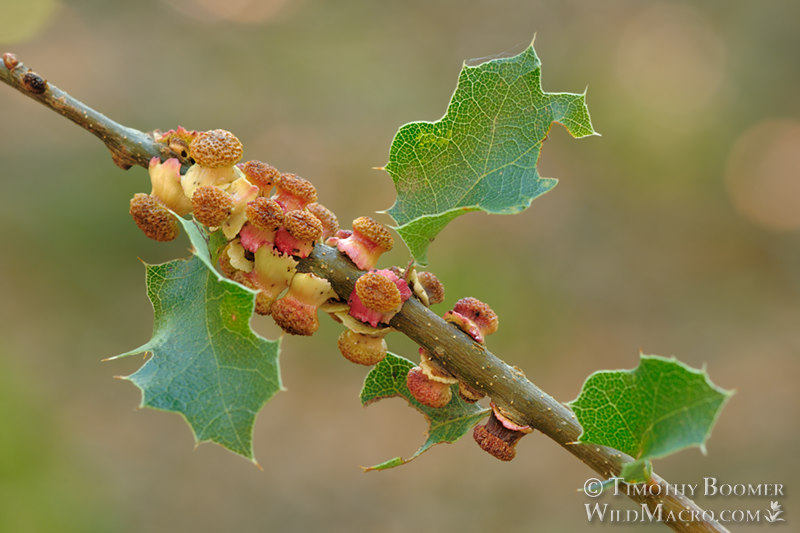
Clasping twig gall wasp (Disholcaspis prehensa), several galls clustered together on California scrub oak (Quercus berberidifolia). Stebbins Cold Canyon Reserve, Solano County, California, USA.
GAL0028
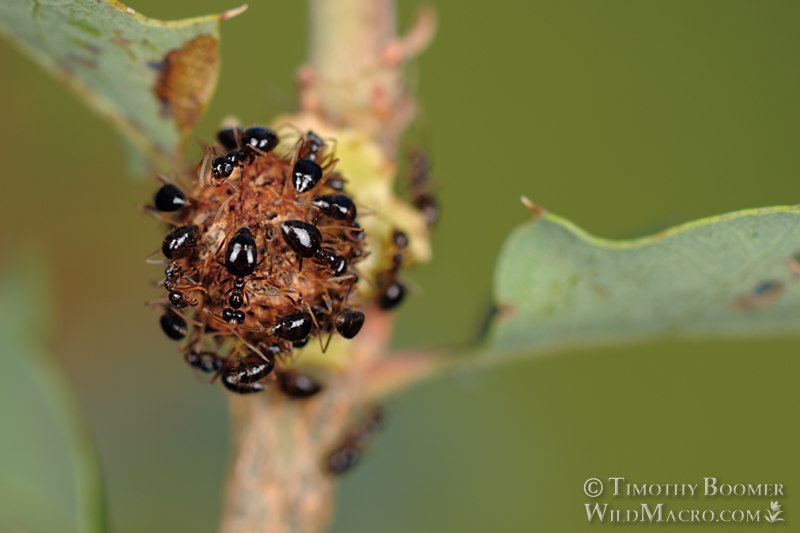
Clasping twig gall wasp (Disholcaspis prehensa), gall covered with ants. Many plant galls exude a honeydew or phloem sap which attracts ants, yellowjackets, and bees. While it may seem like these visitors are harming the gall, they are really only after a sweet, sticky treat. Their presence is actually beneficial to the gall because they are intolerant of the true parasites and inquilines that present actual threats to the gall inhabitants. This is a great example of a symbiotic relationship; the gall provides nourishment for the ants, and the ants provide protection in return. Stebbins Cold Canyon Reserve, Solano County, California, USA.
GAL0033
Next Gall: Clustered gall wasp (Andricus brunneus)
![]()
Interested in buying a print or licensing a picture? Click on the purchasing link for more information or contact us with any questions you may have. Thanks for looking!
Back To Top
All images copyright Timothy Boomer. All rights reserved worldwide.